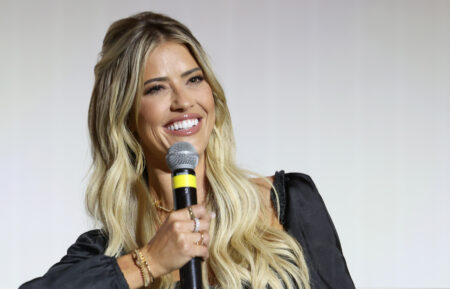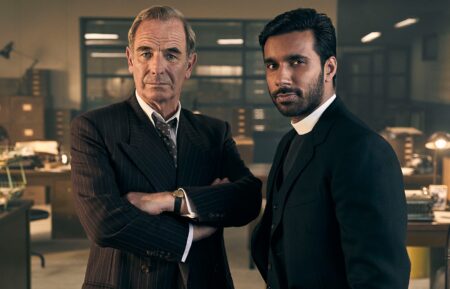Mayweather/Pacquiao Exposes Hollywood’s Periscope Problems

Hollywood, you may have a Periscope problem.
As predicted, HBO and Showtime’s joint pay-per-view coverage of Saturday night’s Floyd Mayweather/Manny Pacquiao fight was the biggest test yet of whether live streaming video sites like Periscope and Meerkat might become the entertainment industry’s next piracy concern.
The answer was quickly obvious: If given the tools to save money and watch even a jerky feed from someone else’s phone, audiences will do so.
Periscope (which is owned by Twitter) was crowded with users on Saturday night live streaming the fight by simply pointing their camera phones at their TV screens. Some Periscope feeds had thousands watching. Here’s one screen shot, from Mark Jeffrey, of how the app looked that night:
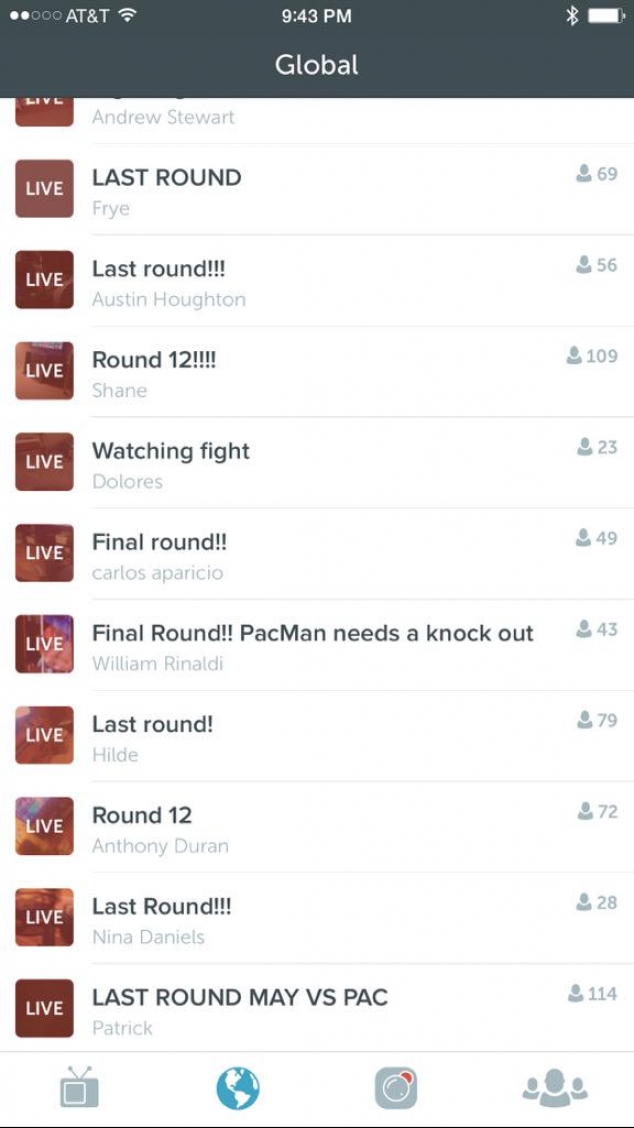
In what one insider deemed “a declaration of war,” Twitter CEO Dick Costolo posted soon after the fight that the real winner of the night (especially since the bout was considered a disappointment) was Periscope, conveniently ignoring the copyright issues and whether hundreds of its users had engaged in illegal piracy:
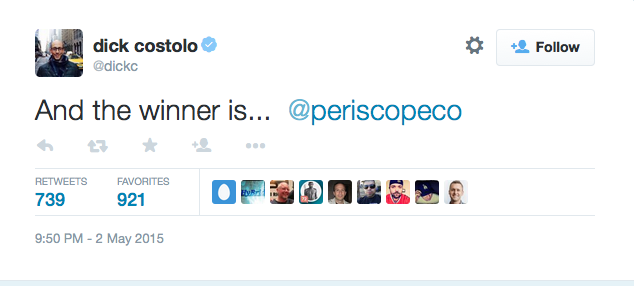
And indeed, from a buzz and marketing perspective, Periscope probably got more attention than even the Burger King mascot that bizarrely marched with Mayweather’s entourage.
But straight-up video piracy is just one problem that Hollywood is facing with these sites.
Periscope users, including journalists, are increasingly using the app at sports venues and other live events. That could conceivably be seen as a natural extension of their reporting. But the technology has popped up so fast that sports leagues are still trying to figure out how and when to police live video feeds, with mixed results and consequences.
On Friday, reporter Stephanie Wei revealed that she had lost her PGA Tour credentials for shooting Periscope videos of professional golfers:
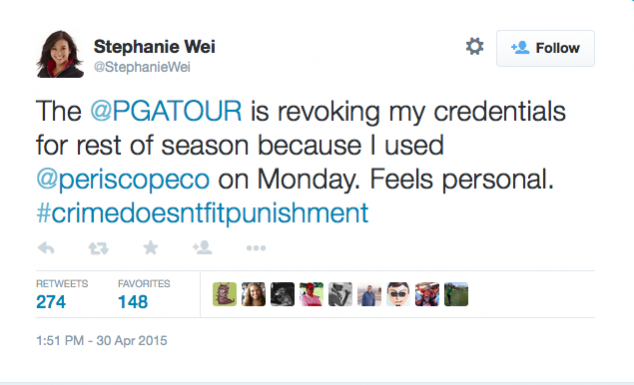
Wei later wrote on her website, “I was unclear with whether it conflicted with broadcasting rights since the practice rounds (to my knowledge) are not televised, nor was the somewhat raw, alternative footage I was showing. It was truly meant to spread fanfare for the Tour, its players and the event.”
And this is where technology is speeding ahead of traditional media rules, and no one seems to know what should be, can be and is allowed. Wei says she understands “that I broke a regulation and I respect that the Tour felt like there should be consequences other than a slap on the wrist. However, to my understanding, the punishment I received is unprecedented. I also believe it doesn’t fit the crime, particularly with the constantly growing forms of new media and the progressive nature of how we consume content, not to mention the gray area with how the Tour enforces its regulations.”
The NHL also recently sent reminders to media outlets that the NHL prohibits “any unauthorized use of any transmission, picture or other depiction or description of game action, game information, player interview or other arena activity…without prior written approval.”
(In a story we posted earlier this week, Periscope Might Be Television’s New ‘Frenemy,” we also questioned whether audience members live streaming on Periscope from their seats might become a factor.)
They’re two different issues, but the Mayweather/Pacquiao Periscope feeds and Wei’s run-in with the PGA Tour both revolve around the unanswered question of how much Periscope is infringing on TV rights holders. Networks spend millions of dollars for exclusive right to televise big events, and if users start sharing those feeds for free on streaming video apps, it could make an impact. And if reporters start live streaming press conferences or offering exclusive video of players live, those rights holders may still be perturbed.
After HBO encountered Periscope users live streaming Game of Thrones on their phones, lawyers sprung into action. Periscope received takedown notices, and HBO has openly questioned why Periscope is waiting on notification from copyright holders, instead of implementing “tools which proactively prevent mass copyright infringement from occurring on their apps.” Asked about the Periscope piracy of the Mayweather/Pacquiao fight, Showtime declined comment.
But here’s another the complication: TV outlets are also utilizing Periscope for marketing purposes. Fox recently used the app for American Idol, and Periscope was also used by HBO and Showtime during the Mayweather/Pacquiao fight.
Hollywood can perhaps take heart that Mayweather/Pacquiao is still a bit of an outlier: A rare major event only available in homes that subscribed to the fight. Also, some users were driven to watch on Periscope because of a last-minute PPV surge, which overloaded providers like Time Warner Cable and Comcast in some markets. (Periscope videos of the Super Bowl, for example, will be pointless: Anyone can watch a quality high-definition feed by turning on their TV. But, as we wrote the other day, fans live streaming from their seats–offering an alternate shot from the actual broadcast or behind-the-scenes secrets–could be a problem.)
The streaming-video experience is also spotty: “The experience was akin to people using videocameras to record movies and watching sub-VHS quality images,” wrote @antiglib on Twitter.
But now that Periscope has proven to be a viable alternative for users not interested in paying for premium content, the entertainment industry will have to keep an eye on the technology—particularly as the quality improves and it becomes more prevalent.





